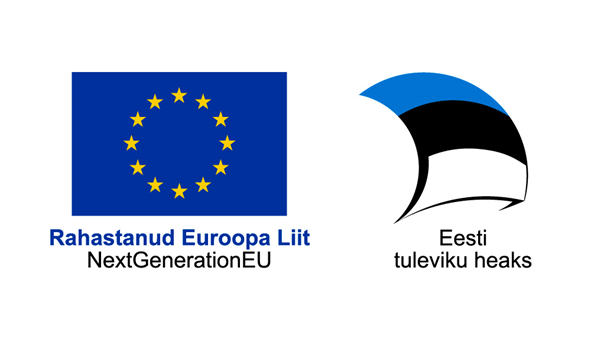Overview
Wind power is a renewable source of energy that can be converted into mechanical or electrical energy using wind turbines. Wind power is one of the oldest sources of energy that humans have used. While in ancient times the mechanical energy available from the wind played a major role in moving sailing ships, milling flour and moving water, today wind energy is used to generate electricity. Electric wind turbines are modern analogues of old windmills.
How does a wind turbine work?
Wind energy is produced with the help of wind turbines, or wind generators. A wind turbine is a device erected on top of a mast or tower on land or at sea, which consists of blades, a rotor, a machine room, electronic equipment and a wind generator. When the wind blows, it turns the turbine rotor, which spins the generator. The generator converts kinetic energy into electricity. The generated electricity is sent through cables and converters to the electricity grid and from where it reaches consumers.
In appearance, the size of wind turbines can vary depending on their type, use and location. The length of the blades is usually between 40 and 80 metres, but it can reach more than 100 metres on larger wind turbines. The height of a mast or wind turbine tower is usually between 80 and 150 metres, but the masts of larger wind turbines can be more than 200 metres.
Electric wind turbines are white in colour to ensure the most neutral appearance, safety and technical durability. When viewed from the ground, the white colour is the least noticeable, while when viewed from up in the air, the white colour helps the wind turbines to be seen, which is important for flight safety and the safety of birds. In addition, the white colour reflects sunlight, helping to reduce the heating of materials and the harmful effects of ultraviolet radiation, which extends the life of wind turbines.
How much electricity a wind turbine generates depends on the power of the wind turbine, wind speed, blade width and air density. The higher the air pressure, the more favourable the conditions for electricity generation are.
Several wind turbines and the equipment connecting them form a wind farm. They can be built both on land and at sea and usually the chosen locations for wind farms are coastal areas, mountains or the open sea. Choosing the right location is critical as wind speed and wind stability affect energy production. When choosing a location, the wind farm should have as little negative impact on the surrounding environment and wildlife as possible.
Impacts of wind farms
Advantages of wind power:
- wind energy is the main alternative to fossil fuels since it is renewable, clean and widely available
- the generation of wind energy does not produce greenhouse gases or other pollutants, which is important for slowing down climate change
- wind power reduces dependence on imported fossil fuels, improving energy security
- this resource is inexhaustible as wind is fairly constantly available
- no water or other natural resources are needed for energy generation; therefore, it has less impact on the environment than, for example, oil shale
However, wind energy has its drawbacks as well. Since there is not always the same amount of wind available and sometimes there are periods without any wind at all, to make sure electricity is continuously provided, wind energy must be combined with other energy sources and storage technologies to store electricity must be used.
The construction of wind turbines also has an impact on the surrounding environment. To avoid, prevent and mitigate the possible negative impact of wind turbines, comprehensive environmental impact assessments are carried out when building wind farms in Estonia. The impact of wind farms on the surrounding environment, ecosystems and wildlife – fish, birds, bats and mammals as well as humans – is studied. Noise, vibration, low-frequency sound and turbulence are investigated and the socio-economic effects of the wind farm are evaluated. The environmental impact assessment can take up to several years and in the process it becomes clear whether wind turbines can be built in the desired area and how any possible effects can be mitigated in this location.
Health board's website provides answers to frequently asked questions related to the impact of wind farms on human health.
Wind farms in Estonia
Wind energy plays an important role in the transition of energy production from fossil oil shale to clean and renewable energy in Estonia. There are several wind farms in Estonia that generate a significant portion of renewable energy in the country. In 2002, Estonia's first wind park with three wind turbines was built in Virtsu. Larger wind farms are located on land, for example, in Narva, Paldiski, Saarde and Aulepa. A detailed list of Estonian wind farms and the number and capacity of their wind turbines is available on the Estonian Wind Power Association's website.
Although historically wind farms have been built on land in Estonia, we have the potential to develop offshore wind farms as well. The open sea offers better wind conditions and more space than land. Winds in the open sea are usually stronger and more consistent than on land, so wind turbines can generate more electricity and are more efficient offshore. Since there is more space at sea, larger and more powerful wind turbines can be installed there and this helps to increase productivity as well.
RePowerEU
The project has been financed by the European Union's NextGenerationEU recovery funds. The page was compiled within the framework of REPowerEU, which aims to eliminate the European Union's dependence on Russian fossil fuels by saving energy, diversifying energy sources and accelerating the transition to clean energy.
